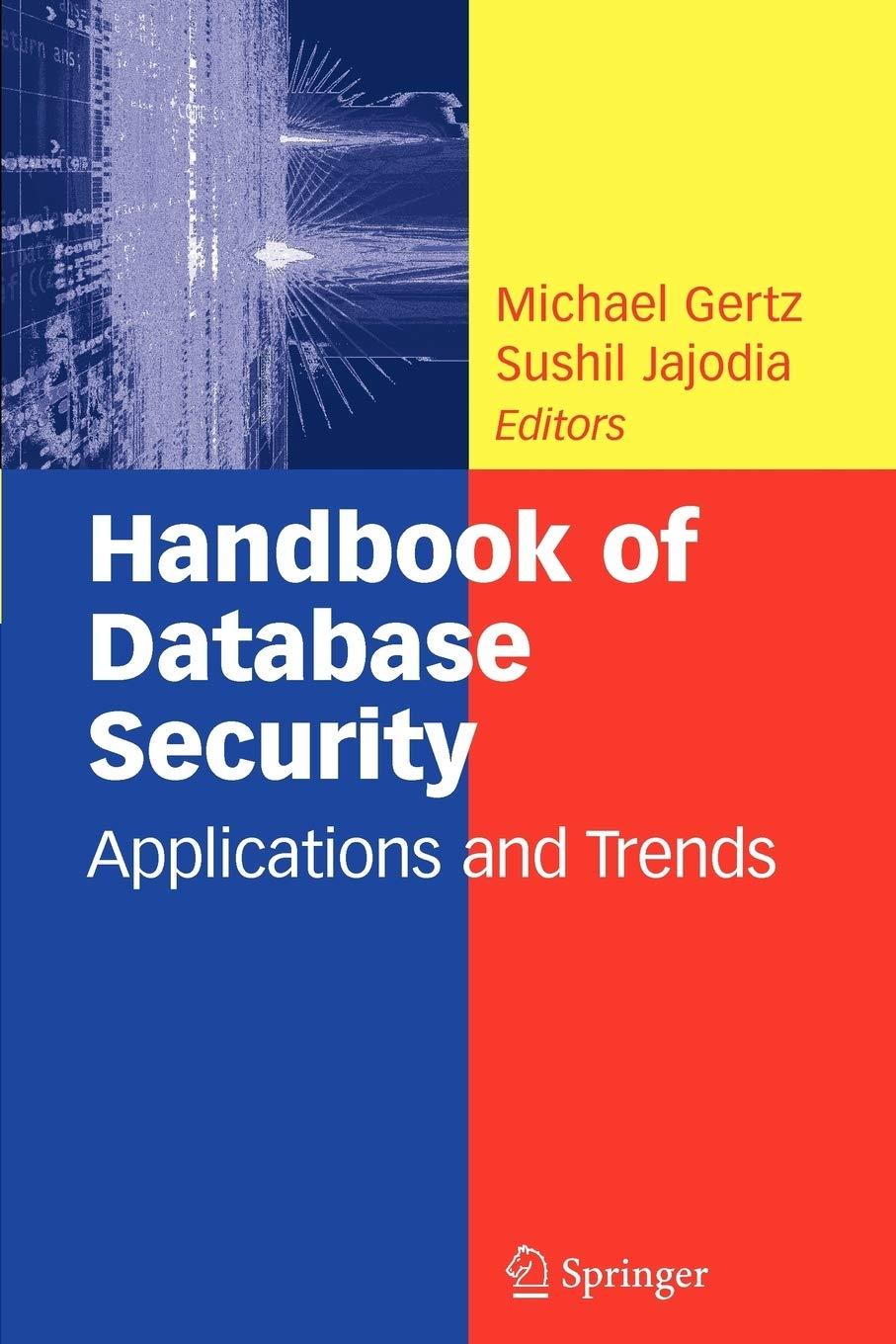Answered step by step
Verified Expert Solution
Question
1 Approved Answer
Answer 1 1 . 1 0 : the exercises and what needs to be done step by step. We'll be working with the Palmer Penguins
Answer :
the exercises and what needs to be done step by step. We'll be working with the Palmer Penguins dataset to analyze the relationship between flipper length and body mass, without including interaction terms.
Heres how well proceed:
Exercise Penguins Main effects
a Plot and summarize the observed relationships among these three variables.
We will start by plotting and summarizing the relationships between body mass, flipper length, and species. This can be done using scatter plots and summary statistics.
b Use R to simulate a posterior Normal regression model of body mass by flipper length and species, without an interaction term.
Here, we will fit a Bayesian regression model using the brms package in R The model will predict body mass using flipper length and species as predictors, but without any interaction terms.
c Create and interpret both visual and numerical diagnostics of your MCMC simulation.
We will generate diagnostic plots such as trace plots and posterior density plots to assess the convergence and performance of the MCMC simulation. Numerical diagnostics like the GelmanRubin statistic Rhat will also be used.
d Produce a summary of this model. Interpret the nonintercept coefficients' posterior median values in context.The model summary will provide the posterior distributions of the model parameters. We will interpret the coefficients for flipper length and species in terms of their impact on the body mass of the penguins.
e Simulate, plot, and describe the posterior predictive model for the body mass of an Adelie penguin that has a flipper length of mm
Using the posterior samples, we will simulate the predicted body mass for an Adelie penguin with a flipper length of mm and visualize the distribution of these predictions.
Structure of the Submission:
Header:
Assignment Number: Assignment
Week Number: Week
Your Name: Your Name
Sections and Subsections:
Main Effects.
a Observed Relationships.
iPlot
iiSummary Statistics.
b Bayesian Regression Model
iModel Specification.
iModel Fitting.
c MCMC Diagnostics.
iTrace Plots.
iiPosterior Density Plots.
iiiGelmanRubin Statistic.
d Model Summary
iCoefficients Interpretation.
e Posterior Predictive Model
iSimulation
ii Plot.
iiiDescription
Explanation:
References:
Reference sections from the textbook, lecture notes, and videos for priors and interpretation.
Code and Outputs:
We will use an R Markdown Rmd file to create the analysis, which will be rendered into an HTML document. The Rmd file will contain all the code, explanations, outputs, and interpretations.
Let's start with the R code for each part of the exercise:
a Observed Relationships:
# Load necessary libraries
libraryggplot
librarydplyr
librarypalmerpenguins
# Plot observed relationships
ggplotpenguins aesx flipperlengthmm y bodymassg color species
geompoint
labstitle "Relationship between Flipper Length and Body Mass",
x "Flipper Length mm
y "Body Mass g
b Bayesian Regression Model:
# Load necessary libraries
librarybrms
# Fit Bayesian regression model
model brmbodymassg ~ flipperlengthmm species, data penguins,
family gaussian prior csetpriornormal class b
# Save the model
saveRDSmodel file "penguinmodel.rds
c MCMC Diagnostics:
# Load model
model readRDSpenguinmodel.rds
# MCMC diagnostics
plotmodel
d Model Summary
# Model summary
summarymodel
e Posterior Predictive Model:
# Posterior predictive simulation for Adelie penguin with flipper length mm
newdata data.frameflipperlengthmm species "Adelie"
posteriorpredictmodel newdata newdata
asdata.frame
ggplotaesx value
geomhistogrambinwidth
labstitle "Posterior Predictive Distribution of Body Mass for Adelie Penguin with Flipper Length mm
x "Body Mass g
y "Frequency"
You can then compile this into a structured R Markdown file and render it into HTML Let me know if you need further assistance or clarification on any part of this assignment.
AS PER ABOVE SITUATION, CREATE, CODE
Step by Step Solution
There are 3 Steps involved in it
Step: 1

Get Instant Access to Expert-Tailored Solutions
See step-by-step solutions with expert insights and AI powered tools for academic success
Step: 2

Step: 3

Ace Your Homework with AI
Get the answers you need in no time with our AI-driven, step-by-step assistance
Get Started


